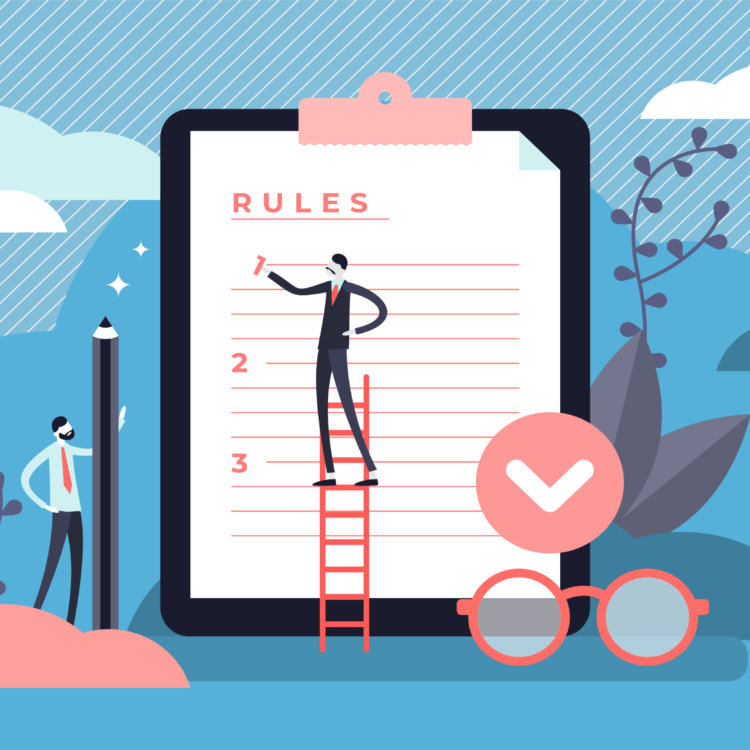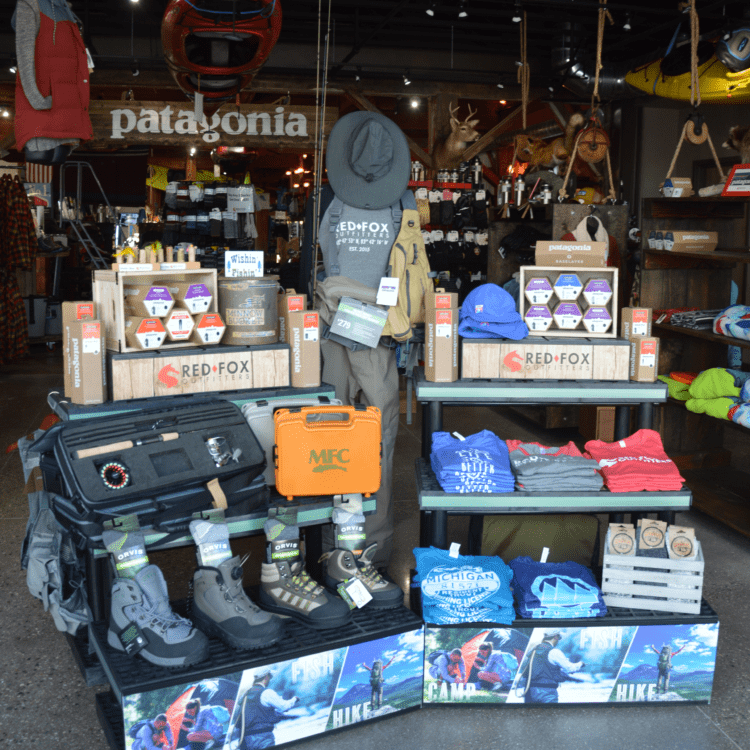Waterbed: Does it work?
Being a plant retailer comes with many benefits and challenges. Plants bring life, color, and tranquility to your business. With that, they also demand special care and conditions. Oftentimes you have to depend on part-time employees to water and tend to the plants. As a business, you know that even if your employees have the best intentions, you should account for plants to die or diminish before they can be sold.
The Challenge
H-E-B, a large regional grocery store chain in Texas with more than 340 stores, experienced just that. They wanted to capitalize on the ever-growing plant industry, so they came up with “Texas-Front Yard.” The concept came from their existing thriving garden section, “Texas Backyard,” which is attached to certain H-E-B stores. Texas-Front Yard is a smaller pop-up shop with a more limited selection of live goods located in the front area of select stores.
One of the main problems they faced was integrating the pop-up shops into the existing stores that were not outfitted to host a fully-functional garden. This left the care and watering of the live goods up to store-level associates. To make Texas-Front Yard sustainable, they needed to find a way to make their plants live longer and ease the watering situation.
The Solution
Tired of wasting money, H-E-B decided to test Waterbed™, a self-contained plant hydration display system. It’s a reservoir and pressure-activated capillary mat that allows plants to wick water from underneath as they need it. When you water a plant, it is important to strike that delicate balance between too little and too much. Overwatering can be just as bad as under-watering – and Waterbed helps to find the perfect balance enabling plants to live much longer at the store.
H-E-B put the Waterbed in a high-traffic and volume store to test it out. In order to measure actual results, they separated display tables into three different areas: indirect sun, direct sun, and covered area and checked on water levels once in the morning and once in the evening.
The Results
After testing the Waterbed in different areas, they found that 75% of the time, Waterbed levels were three-fourths full. The other 25% of the time, water levels were found at half full. This can be attributed to new products that were placed on tables that were dry, or the use of larger-sized pots.
The Waterbed completely combated H-E-B’s watering problem. It cut their watering labor time in half, improved plant quality, and reduced shrink by over 20%. In addition, H-E-B’s store design and construction team was very pleased to learn that the patented Waterbed system also cut down on the amount of site water run-off by 50%. This was an important factor to H-E-B as they plan to build more L.E.E.D (Leadership in Energy and Environmental Designs) accredited stores in the future.
The H-E-B Texas Backyard Category Manager said, “I’m really glad to have integrated Waterbed™ on existing display tables, and I would highly recommend the use of Waterbed™ to anyone.”
H-E-B is just one example of a store that faces this problem. These issues are widespread but can quickly be eliminated with the use of Waterbed. By using Waterbed, your employees won’t need extensive training on each plant’s watering needs, and it will save time, water, and money.
Across the country, a wide range of stores are utilizing the benefits of waterbeds. Here is an inside look at some examples of how Waterbeds are being used within retail.
1. Greenhouse and Garden Centers
Garden centers focusing on flower and vegetable sales are utilizing Waterbed on their benching displays to provide the highest quality plants to their customers while still getting out as much product as possible. During the busy selling seasons of spring and summer, they can maintain an organized retail layout while needing to rely on seasonal employees’ ability to properly water and care for various plants clustered in one space.
2. Hardware and Home Improvement Stores
From entire departments to small pop-ups, hardware retailers who offer home landscaping products see success with Waterbed on a variety of their mobile displays. Since Waterbed is self-contained, retailers can move their displays at closing without much effort to ensure plants’ safety overnight. Also, the inconvenience of customers navigating around the water hose during afternoon watering times is no longer an issue.
3. Grocery Stores
Grocery stores that utilize their storefronts for live goods see the benefits of using Waterbed on their Stepped Displays to keep their entry points vibrant and welcoming. During the hot summer months, sidewalks and pavement can get hot, leaving plants exposed to extreme conditions. By using Waterbed, grocers can limit product shrink while dedicating less time to water maintenance and plant care.
Learn more about how Waterbed is transforming sales for live goods retailers.


